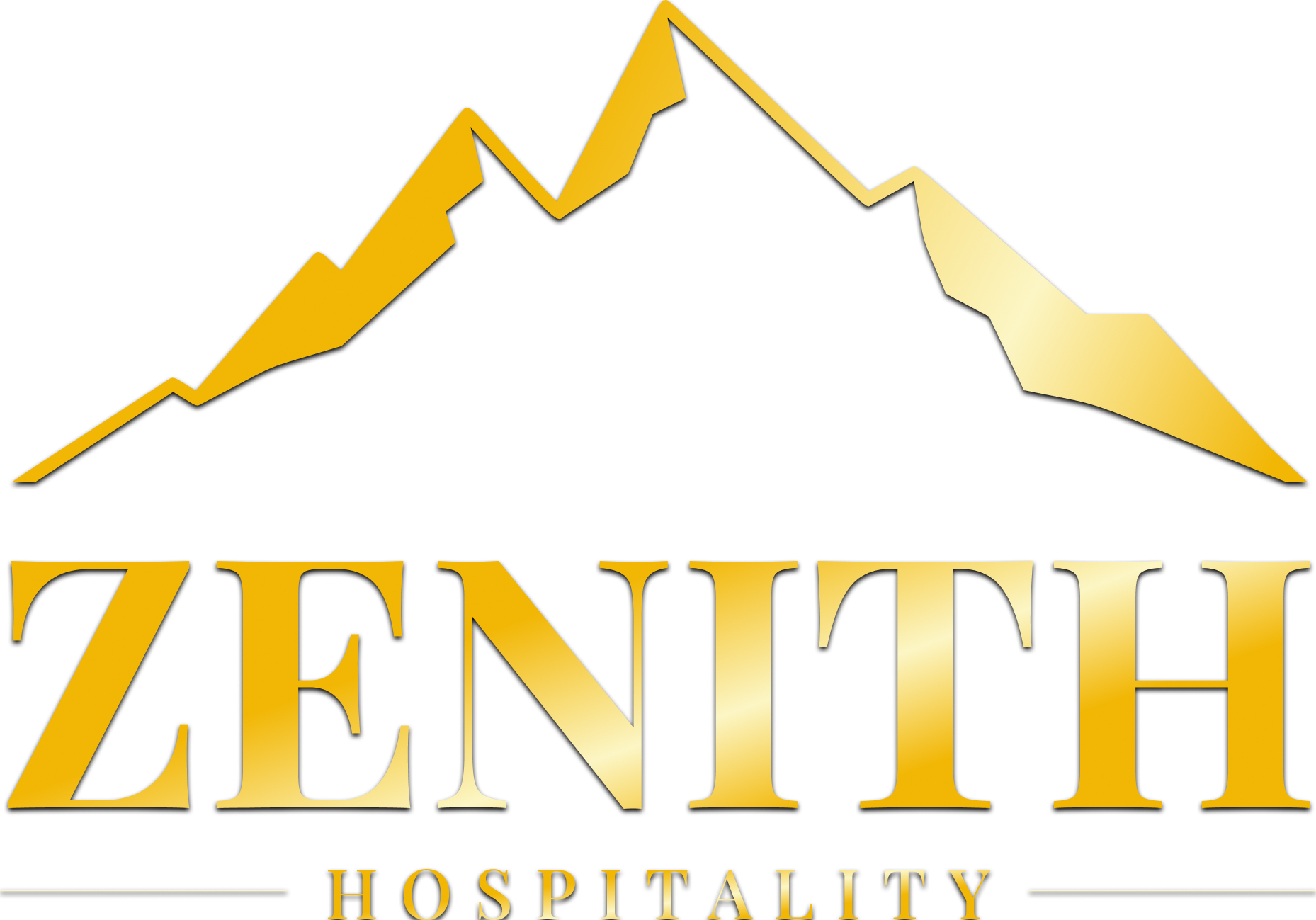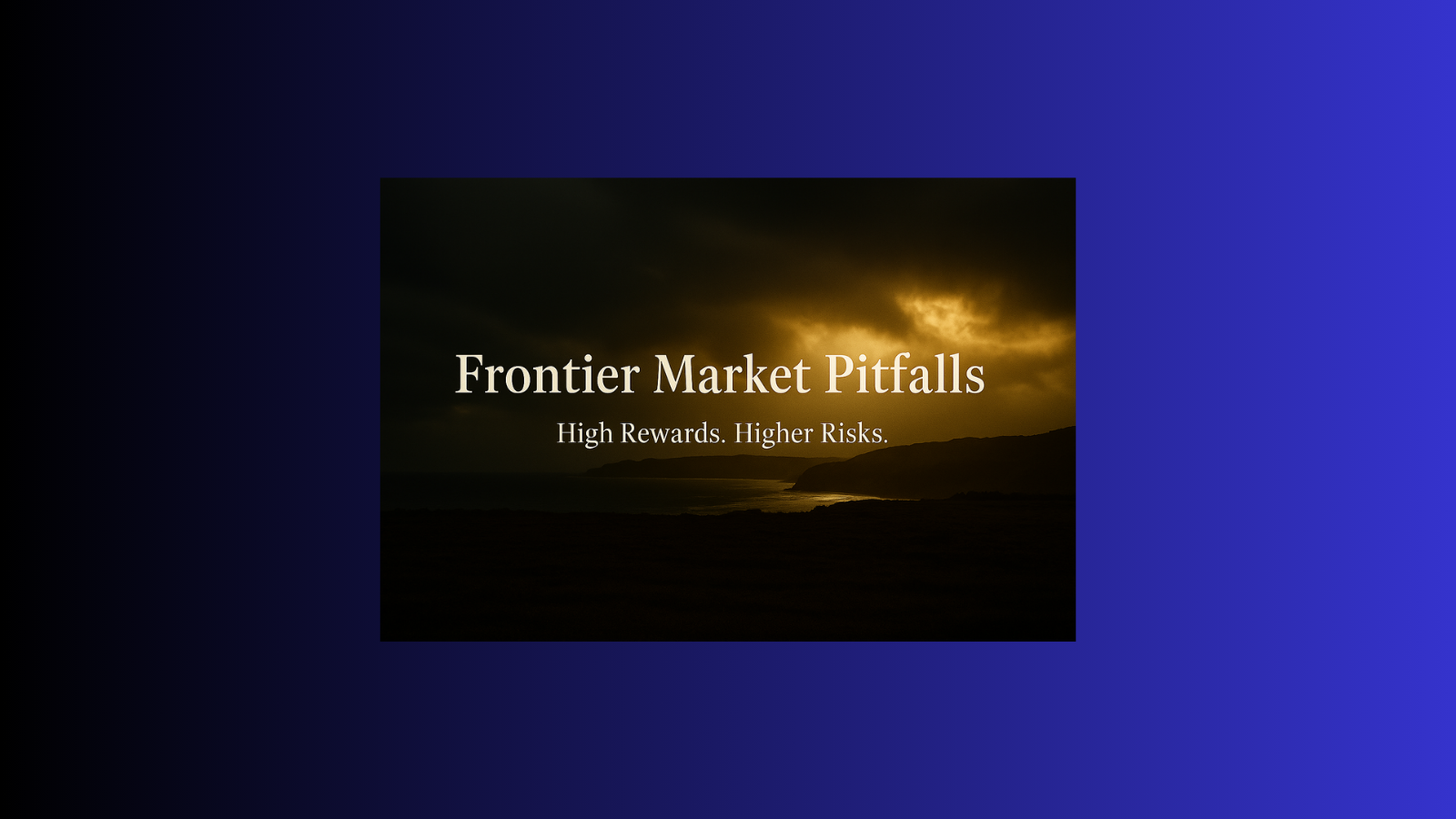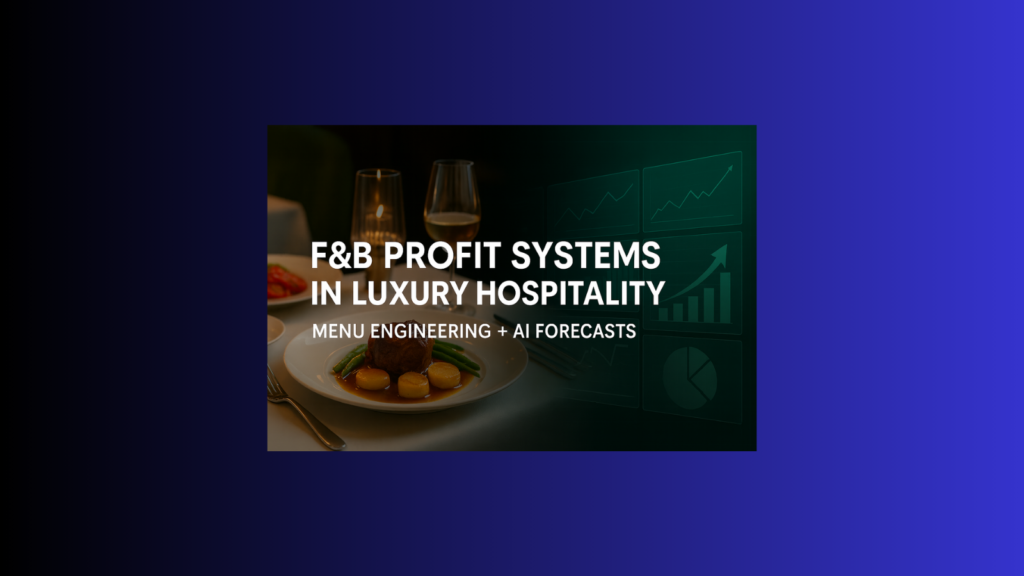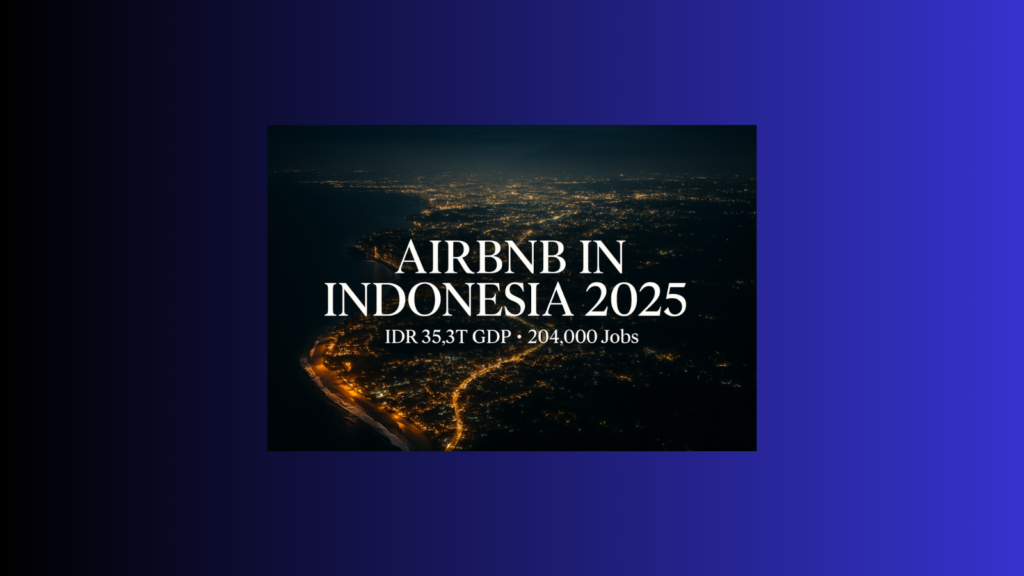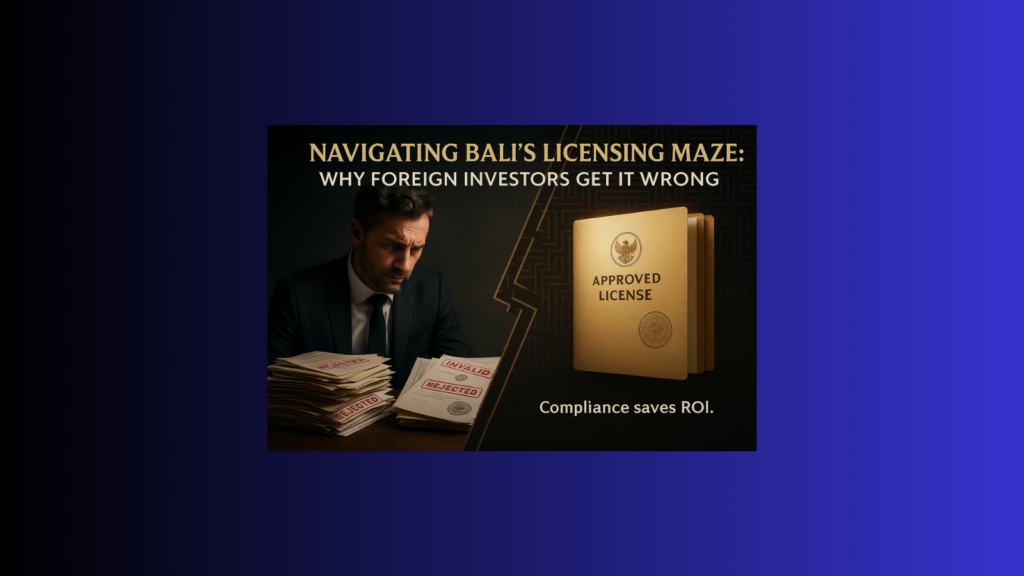Frontier-market pitfalls in Lombok & West Sumbawa — key questions for investors to avoid costly mistakes.
Why are frontier markets attractive yet risky?
Frontier-market pitfalls begin with optimism. Lombok and West Sumbawa promise high returns through low entry costs and government incentives. Yet, their legal and infrastructure ecosystems remain fluid.
According to the WTTC Southeast Asia Tourism Outlook 2025, destinations like Lombok still rely on event-driven surges rather than consistent leisure demand. Emerging markets reward patience—but punish speed without due diligence.
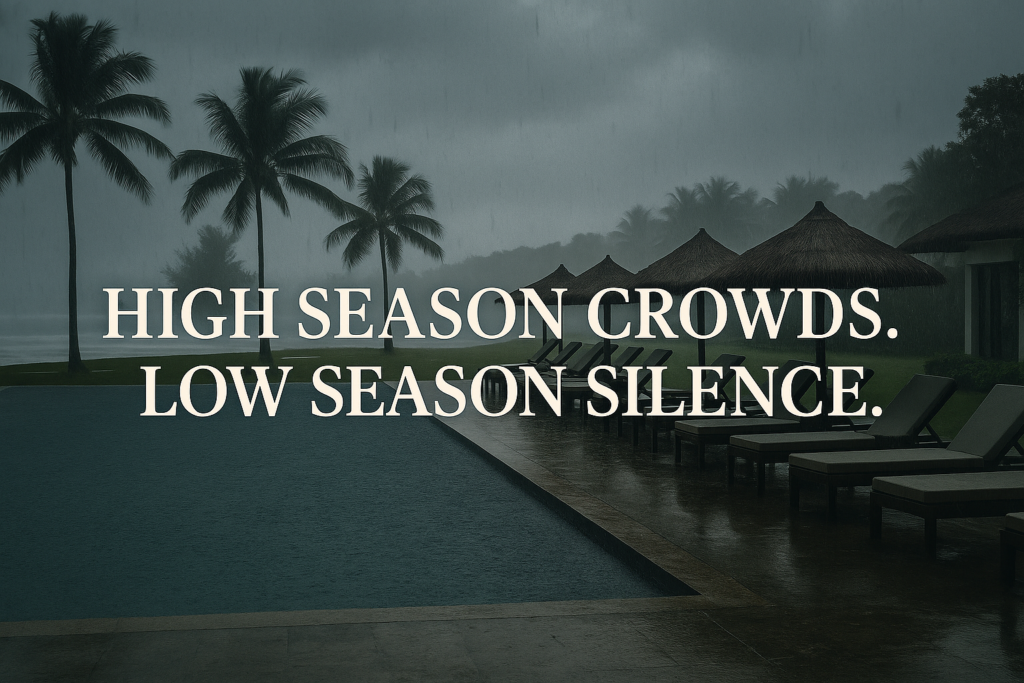
What drives tourism demand in Lombok and West Sumbawa?
Tourism here remains seasonal and uneven. MotoGP at Mandalika brings spikes, then quiet months return.
Ask yourself:
- Who are the primary visitors—domestic families, surfers, or global wellness travelers?
- How long do they stay, and how much do they spend per night?
- Are you using Bali’s ADR figures without correcting for local access and awareness gaps?
Zenith’s earlier study Lombok Tourism Growth Strategy shows ADRs in South Lombok average 15–25 percent below comparable Bali assets due to transport friction and shorter stays. Forecast accordingly.

Frontier market pitfalls in access and infrastructure links
Connectivity shapes feasibility.
- Air: Lombok International Airport now handles ≈7 million passengers per year. Route expansion is underway, but dependability still hinges on domestic carriers.
- Sea: The Kayangan–Poto Tano ferry runs hourly yet pauses in storms and religious holidays.
- Road: Drive times to West Sumbawa exceed 6 hours; heavy loads require staging depots.
The BKPM Investment Statistics NTB 2025 note that logistics inefficiencies remain a key drag on ROI across NTB provinces—proof that access must be costed, not assumed.
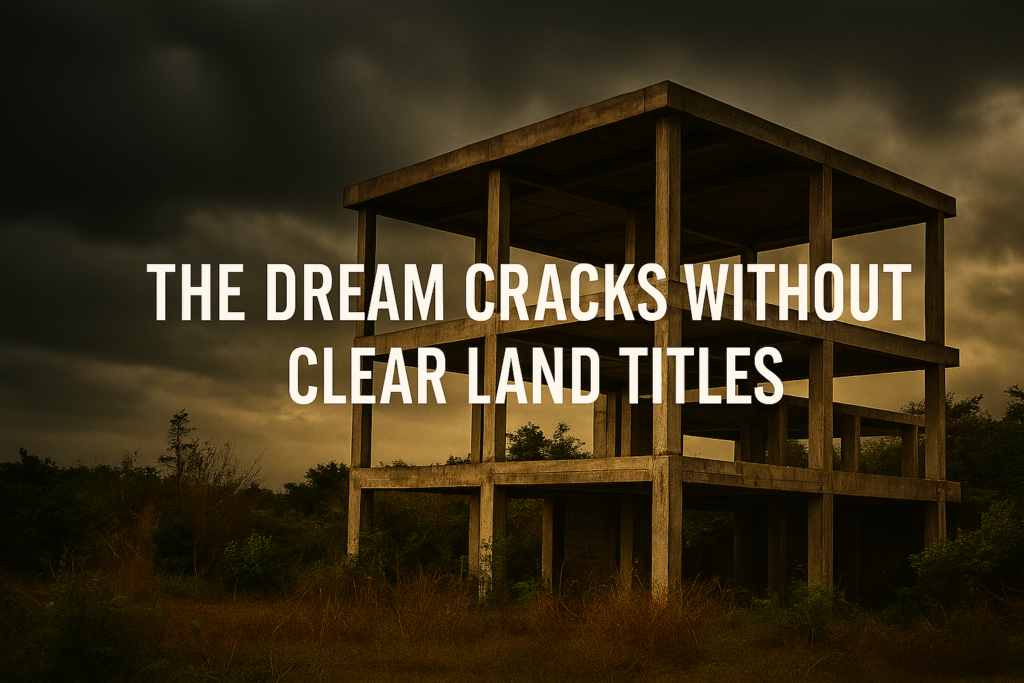
Which land and zoning issues should investors check first?
Many properties are marketed before zoning or title clarity. Essential checks:
- Land title: Use HGB (“Right to Build”) under a PT PMA or Hak Pakai for foreign ownership. Nominee setups risk nullification.
- Zoning: Confirm RTRW/RDTR classification directly from the regency’s Bappeda office.
- SEZ boundaries: If inside Mandalika, verify HPL lease rights with ITDC.
Zenith Hospitality Global has guided multiple investors through these legal layers while preparing Overcrowding in Bali: A Strategic Action Plan — an example of how spatial planning impacts long-term sustainability.
What permits and licenses are essential?
Under Government Regulation 28/2025, permitting now follows the OSS-RBA system.
Required documents include:
- NIB & Risk Classification via OSS-RBA.
- PBG/SLF for construction and operation.
- Environmental Approvals (AMDAL or UKL-UPL).
The Ministry of Tourism Regulation 28/2025 clarifies that timelines vary by risk class—average processing 6–12 months. Investors should budget time and cost buffers before mobilizing contractors.
How do labor and supply chains impact profitability?
Two recurring pitfalls:
- Labor: NTB’s 2025 minimum wage = IDR 2,602,931. Skilled supervisors often come from Bali or Java, increasing housing and transport costs.
- Supply chains: Construction materials arrive via Surabaya → Lembar → road. Weather and holiday disruptions inflate lead times.
Zenith’s field data confirm that ignoring frontier market pitfalls in supply chains can add 10–15 percent to CAPEX — a preventable loss with proper scheduling.

What environmental and hazard risks must be factored in?
Lombok and Sumbawa sit on active seismic zones. Resilient design is non-negotiable.
Checklist for investors:
- Earthquake-resistant structure and load path certification.
- Tsunami evacuation routes with vertical access.
- Seasonal water storage and reuse system.
- On-site wastewater treatment meeting NTB standards.
Projects that ignore these points face higher insurance premiums or coverage denials.
How can investors protect themselves from over-speculation?
Copying Bali’s ROI logic is the fastest way to lose capital.
Five de-risk principles:
- Phase CAPEX to match permits and market proof.
- Model conservative occupancy scenarios based on official NTB data.
- Secure titles lawfully through a notary chain of ownership.
- Confirm utility capacity (PLN & PDAM) before design.
- Engage operators who prioritize performance over portfolio growth.
Zenith’s frontier-market advisory work in Lombok and West Sumbawa has helped investors avoid these common traps by aligning development timelines with real infrastructure delivery.
FAQ
Is Lombok tourism growing faster than Bali?
No — growth exists but is event-driven; Bali still dominates.
What is the safest land title for foreign investors?
HGB under a PT PMA offers renewable and bankable rights.
How long do permits take in Lombok or West Sumbawa?
Six to twelve months depending on zoning and environmental approvals.
Do Special Economic Zone incentives apply automatically?
No — eligibility depends on KBLI classification and formal approval.
Are supply chains reliable in West Sumbawa?
Partially; they depend on mining infrastructure not designed for hospitality.
Next Steps with Zenith
Investing in Lombok or West Sumbawa offers potential only when anchored in reality. Zenith Hospitality Global helps investors and developers:
- Verify true land and infrastructure values through local benchmarking.
- Navigate licensing under GR 28/2025 without delay.
- Plan construction and operations around seasonality and hazard risks.
- Structure deals that shield capital from over-speculation.
👉 Request Consultation to review your frontier project today.
© 2025 Zenith Hospitality Global — All rights reserved.
